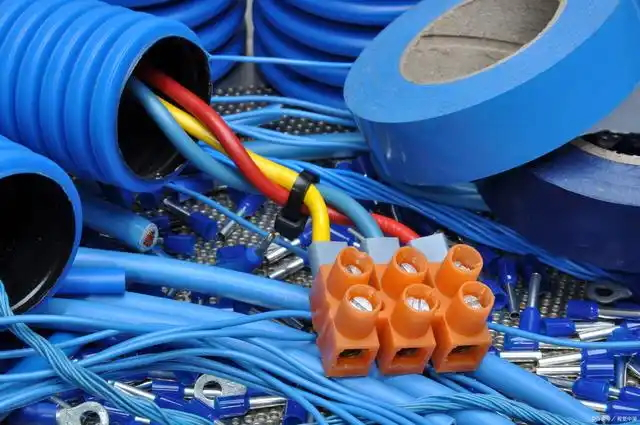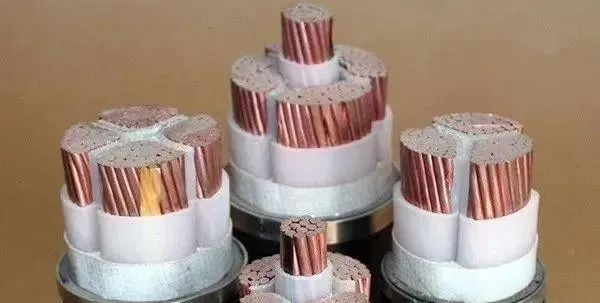Types and Applications of Waterproof Cables
Test Basis for Cable Waterproofing and Classification of Waterproof Cables
Waterproof cables are applicable to submersible pumps, coal mines, underwater operations, underwater landscape lights, and other water treatment equipment.
I. Test Basis for Cable Waterproofing
Regarding the waterproof test methods, the longitudinal water-blocking performance of cables can currently be tested and judged through the water permeability test in IEC 60502-2009 ANNEX D or GB/T 12706.2-2020 (normative appendix).
As for the radial water-blocking performance of cables, it is mainly determined by indirect methods at present. For example, it is checked whether there are defects in the HDPE non-metallic sheath or the non-metallic sheath in general.
If these sheaths are determined to be intact, it is considered that the cable has good radial water-blocking performance.
However, many users have raised some doubts about this method and it has also caused some disputes.
Lacking persuasiveness, cable manufacturers and users are now urgently in need of a test method to judge the radial water-blocking performance of cables so that disputes between manufacturers and users caused by the lack of a radial water-blocking test method regarding the radial water-blocking performance of cables can be avoided.
II. Types and Characteristics of Waterproof Cables

(1) Oil-paper Insulated Waterproof Cable
The oil-paper insulated cable is the most typical waterproof cable.
Its insulation and conductors are filled with cable oil, and there is a metal sheath (lead sheath or aluminum sheath) outside the insulation.
It is a cable with the best water resistance.
In the past, oil-paper insulated cables were mostly used for submarine (or underwater) cables.
However, oil-paper insulated cables are limited by elevation differences, have the trouble of oil leakage, and are inconvenient to repair, so they are being used less and less nowadays.
(2) Ethylene-propylene Rubber Insulated Waterproof Cable

Due to its superior insulation performance without the "water tree" phenomenon, the ethylene-propylene rubber insulated cable is widely used in medium and low-voltage underwater transmission lines.
For example, the waterproof rubber-sheathed cable (type JHS) can operate safely in shallow water for a long time.
(3) Cross-linked Polyethylene Insulated Waterproof Cable

Since the cross-linked polyethylene material is particularly sensitive to moisture, if the insulation is contaminated by water during the manufacturing and operation processes, a "water tree" breakdown is likely to occur, which will greatly shorten the service life of the cable. Therefore, cross-linked polyethylene insulated cables, especially medium and high voltage cables under the action of alternating voltage, must have a "water-blocking structure" when used in a water environment or a humid environment.
The so-called "water-blocking structure" includes a radial water-blocking structure and a longitudinal water-blocking structure.
If you need any custom wiring harness, you can contact us.


